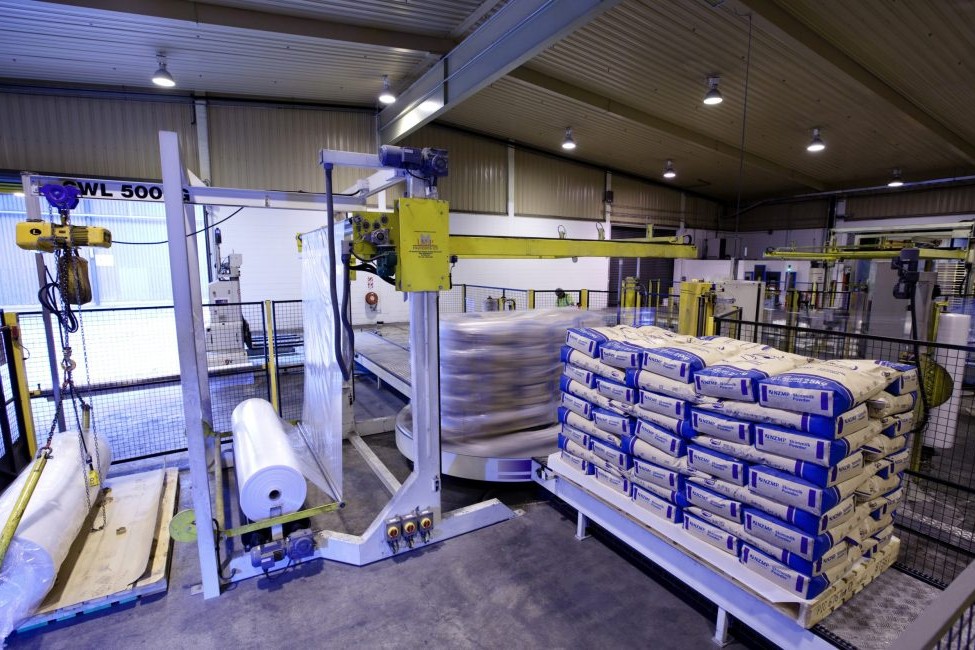Anne Lee
Don’t fall into the trap of culling on production even though, as some may argue, that’s what you get paid for.
Instead the adage – breed on BW (breeding worth) and cull on PW (production worth) – is as true as ever, LIC’s general manager for New Zealand markets Malcolm Ellis says.
That’s because PW, while heavily weighted towards production, is so much more than that.
“PW is a measure of a cow’s lifetime productive ability, indicating the ability of the cow to convert feed into profit over her lifetime,” he says.
Its calculation factors in liveweight too.
“That an important feature because therein lies the efficiency to convert feed into profit.
“As an example – you may have two cows doing 350kg milksolids (MS) but one is 400kg liveweight and the other is 500kg.
“One of those cows is noticeably more efficient than the other and PW will recognise that.
“There’s a convenience of thinking I get paid on production, I’m finally able to cull on production so therefore I’ll take the measure as production but that’s not giving you the full story.”
Likewise, if you had a 500kg cow producing 350kg MS and a 400kg cow producing 340kg MS.
“When it came to choosing between the two, I’d take the 400kg cow every day of the week because she’s so much more efficient.”
Relative to liveweight, even though she’s producing slightly less, the efficiency differential far outweighs the production differential and PW will pick that up.
PW also takes the “noise” created by age difference out and runs the calculations within age-groups to give comparisons with a cow’s contemporaries.
While every animal has a PW, based initially on its parentage, herd test data gathered over its lifetime adds important “actuals” into the calculation.
“As the animal’s own production data flows in through herd testing, she earns more PW analysis information through her own performance and the part derived from ancestry is diluted over time.”
Carrying out three or four herd tests a year will give a good level of data and is particularly important for younger animals.
“The more herd tests, the more confidence and accuracy you’re adding.
“I’d cringe a bit if someone was trying to select their poorer two-year-old performers based on PW if they only have one data point from one herd test from one particular moment of the year.
“It will be better than ancestry alone but you’re going to get better value the more data you add in.”
Somatic cell count (SCC) information is now included in the calculation too.
“It’s something we know will affect a cow’s productive ability and survivability in the herd so farmers can take comfort it’s included but we recognise they will still need to use individual SCC’s as a selection criteria for the very high repeat offenders.
“Just because it’s in PW absolutely doesn’t mean we can ignore those extraordinarily high liabilities that are those constantly high SCC cows.”
Farmers can customise a culling guide report on MindaLive where they can select several fields such as age, somatic cell count, calving date and BW and then have the report sort by PW so cows are listed in ascending order according to PW.
Lowest at the top and highest at the bottom.
“The key is to keep your thinking around culling broad – you decide what’s important to you but sort the information on PW.”
Malcom says LIC continues to contemplate including fertility in the PW calculation but because industry research is underway that may enhance the fertility breeding value further it’s postponed its inclusion.
Culling for Johne’s
LIC is expecting to test about 650,000 milk samples for Johne’s Disease this season as farmers make use of the milk test to help make culling decisions.
The test, carried out from herd test milk samples, costs $4.35/cow.
LIC’s Malcolm Ellis says more farmers are using the whole herd milk test now as a means to identify animals with the Johne’s Disease antibody.
Testing is best done toward the end of the season – February to April in the North Island and March to May in the South Island.
Although the test can’t pick up those in the early stages of the disease, carried out annually it will pick them up as they start to become a risk to the rest of the herd and can be an effective way to get the disease out of the herd.





